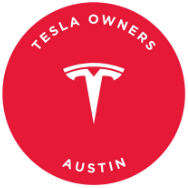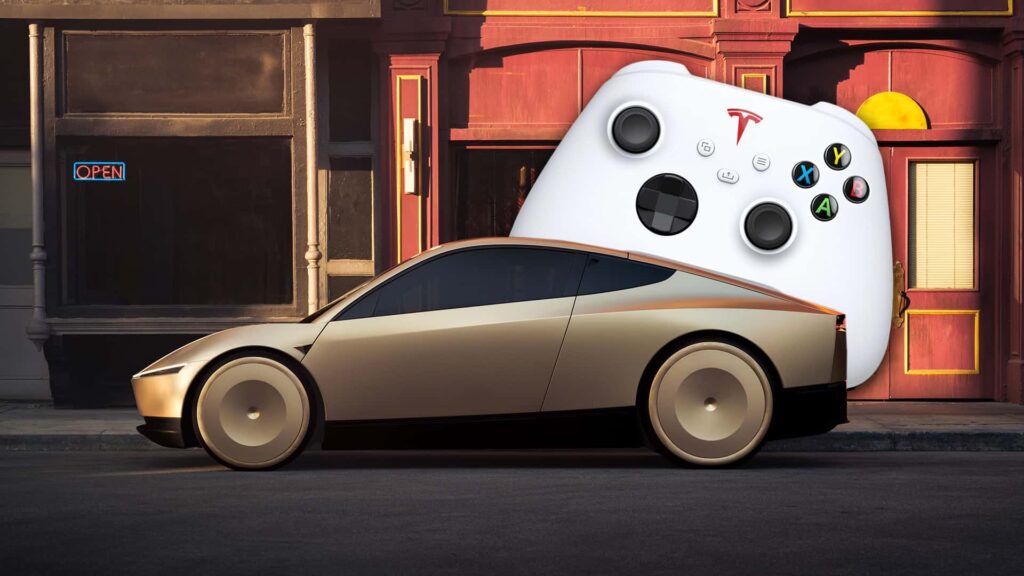The unveiling of Tesla’s Cybercab without a steering wheel or pedals left many people in awe. The lack of traditional driver controls raised questions about how the vehicle would be operated. Recently, a video from the Petersen Museum shed some light on the matter, showing the Cybercab being controlled from the front seat as it navigated through the facility.
Sources familiar with the situation revealed that Tesla has devised a unique solution for driving the Cybercab – an Xbox-like video game controller. This controller plugs into the car and allows for steering and pedal input, compensating for the absence of physical controls inside the vehicle. The method was also confirmed to work wirelessly, enabling remote operation of the car like a large remote-controlled toy.
Tesla is in the process of recruiting teleoperators for its upcoming robotaxi fleet, who will serve as safety operators when the company launches its autonomous taxi service. These operators will likely control the vehicle remotely to address safety or navigation challenges that the vehicles cannot handle on their own.
In addition to operational challenges, Tesla must also address logistical issues related to launching the service, such as vehicle maintenance and cleaning. General Motors recently withdrew from a similar venture due to the substantial capital required to launch and sustain such a service. Tesla is rumored to be eyeing Texas as a potential location for the service launch, given the state’s lenient regulations surrounding autonomous vehicles.
While Tesla plans to make the Cybercab available for public purchase, there are regulatory hurdles that need to be overcome before controller-operated cars can hit the streets. Changes to existing Federal Motor Vehicle Safety Standards may be necessary to accommodate this new mode of vehicle operation.
As Tesla continues to innovate in the realm of autonomous vehicles, the public eagerly anticipates the debut of the Cybercab and the potential for a new era of transportation. With Elon Musk’s penchant for pushing boundaries, the future of driverless cars looks brighter than ever.

